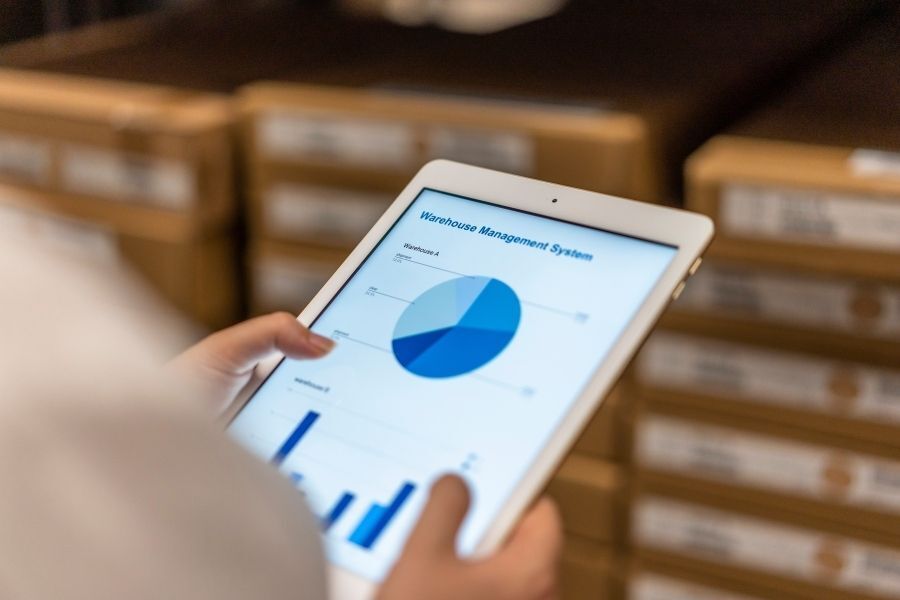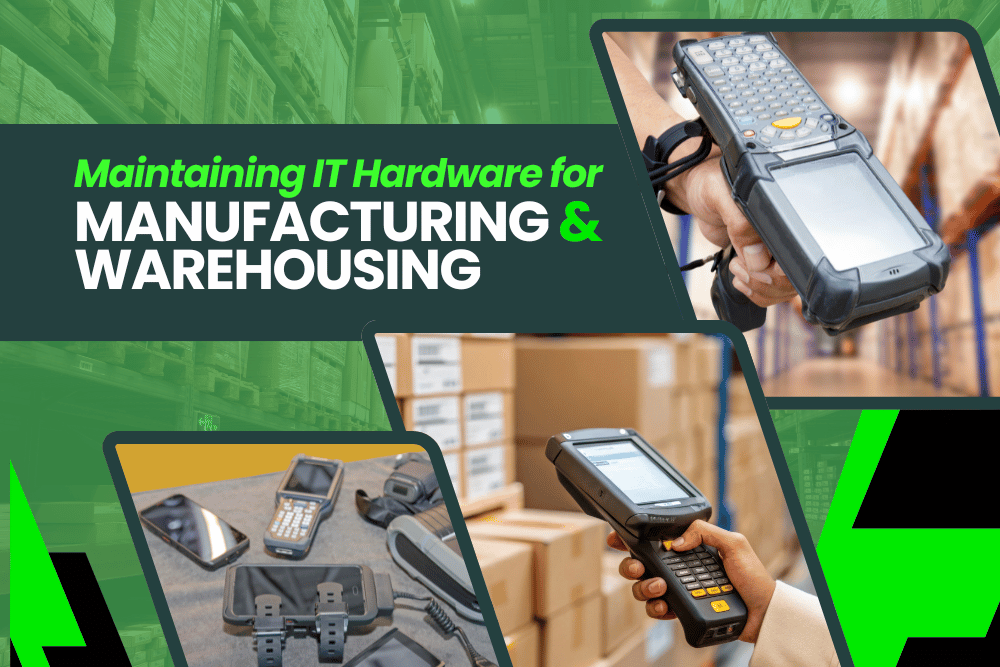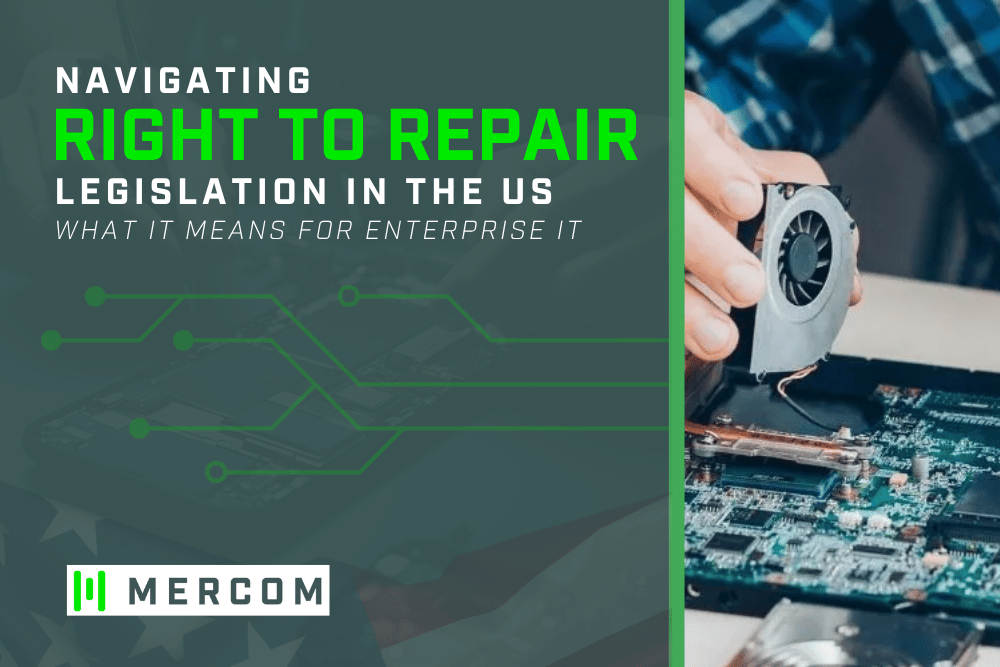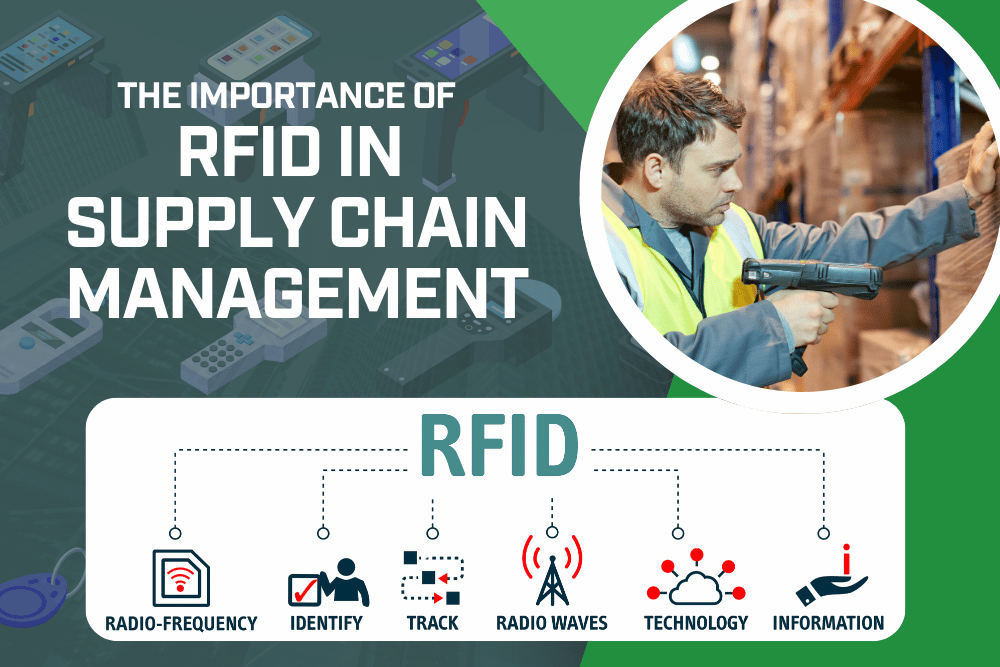IT Inventory Management 101
December 7, 2021
Here’s some good news: If you understand the basics of regular inventory management, you’re already well on your way to understanding IT inventory management. IT inventory management is also commonly referred to as IT asset management or IT asset tracking in the industry.

Here’s some good news: If you understand the basics of regular inventory management, you’re already well on your way to understanding IT inventory management. IT inventory management is also commonly referred to as IT asset management or IT asset tracking in the industry.
The difference between IT inventory and “regular” inventory management, however, is that IT inventory management is even simpler. With IT inventory tracking, you forgo a lot of the common headaches associated with movement of bulk goods, like the management of purchase orders, coordinating with manufacturers, and keeping your eyes on inventory from conception to sale.
You know what IT inventory management is not, but what is it, exactly? What will you need to accomplish your goal of keeping track of your IT assets efficiently and effectively? In this article, we will provide an overview of the most important aspects of IT inventory management. We’ll also leave you with a step-by-step IT inventory checklist.
What is IT Inventory Management?
IT Inventory Management is a system a company develops that helps them keep track of their IT inventory, their costs associated with IT, how much and when they will need to make new IT purchases, and how much time and resources they will need to a lot to IT maintenance.
IT Inventory Management: A Step-by-Step “How To:”
Step 1: What Do You Have Right Now?
You’re ready to get your assets systemized! The very first thing on your to-do list is this: look around and get a complete catalog together detailing what your company already owns, what purpose each item serves, and where the items are located. Tally up your company’s electronic devices, including its computers, point-of-sale devices, printers, scanners, mobile devices, such as associate phones and tablets… the list goes on!
Make a note of where your items are located. Are they currently in use? Are they in storage? Which locations are they being used or housed? Include some other useful information too, such as when they were purchased, brief technical specs, and how well they are currently working and whether repairs are needed to get them back in their best shape.
Step 2: Make Your IT Assets Easier to Identify.
You’ve got a detailed catalog, but how do you know which item is which next week, next month, or next year – or even if another employee were to help out with the process? Making identification of your assets as simple (and specific) as possible will help to make your IT inventory management process a lot less stressful. Consider marking each asset with a barcode or QR marker or sticker, or even with an RFID tag. When each asset is specifically tagged, you will be a lot less likely to confuse one asset with another.
Step 3: Keep Tabs on Asset Performance.
The third step, keeping tabs on the performance of each asset, is crucial to developing an IT inventory management system that pays for itself over time and saves your company resources. You will need to make sure you have a way to monitor the depreciation rate of each asset. Start by recording details about how long the asset lasts before it needs to be totally replaced. What is its typical useful life? How quickly does the technology cycle through before it is obsolete?
It’s also important to gather data on how often certain assets need to be repaired. Maintenance needs, whether preventative or corrective, play a part in the overall life span of the asset. When maintenance is done to the item, make a note of whether the maintenance can be done in house, or whether it needs to be fixed by an outside company. Also, write down how long the asset is “out,” or rather, how long the maintenance is expected to take. This will help make sure replacement items are where they need to be, when they need to be there.
Step 4: Track the Cost of Your Assets.
We think the IT department is the coolest part of your company, but your company’s bottom line is important, too. Keeping detailed records about the costs associated with various IT assets saves a ton of time and money. Do you know the costs associated with repairs and maintenance of your assets? How about the costs of total or partial replacement, i.e., the costs of software or hardware replacement? What about shipping and storage costs between both your company and the asset’s original equipment manufacturer?
All of these costs add up, and you should consider tracking as many of these metrics as possible to give your company a complete picture of the true cost associated with each item and its greater system.
Step 5: Aggregate, Analyze, and Make Use of Your Data.
When you’ve collected a comprehensive picture of your IT inventory, you’ll be able to glean a lot of useful information from the data you have at your fingertips. The insights will be incredibly useful as a guide on when to order items, which brands perform better than others, who to purchase from in the future, and who to contract with for repairs.
You might be able to set up automatic purchasing of new items on a timer, or calculate how many IT employees you need (or could go without). As you can imagine, this wealth of information can also aid your company’s accounting department, which will be able to have a better picture of IT department spending projections.
You may even be able to use information you’ve collected to negotiate bulk deals or purchase discounts with equipment manufacturers, third-party repair companies, or any other businesses you interact with as part of the acquisition and upkeep of your IT inventory.
Step 6: Partner with an IT Inventory Management Expert.
Need help with IT asset storage, or comprehensive repairs on all types of IT hardware? If you’re working on improving your company’s IT asset management system, partnering with an IT inventory management expert who provides managed services and even skillfully refurbished equipment will make the entirety of the task easier and more cost-effective. Mercom is an industry expert with over 25 years of experience in handling asset management and repairs, all in one convenient location. Contact Us today.




